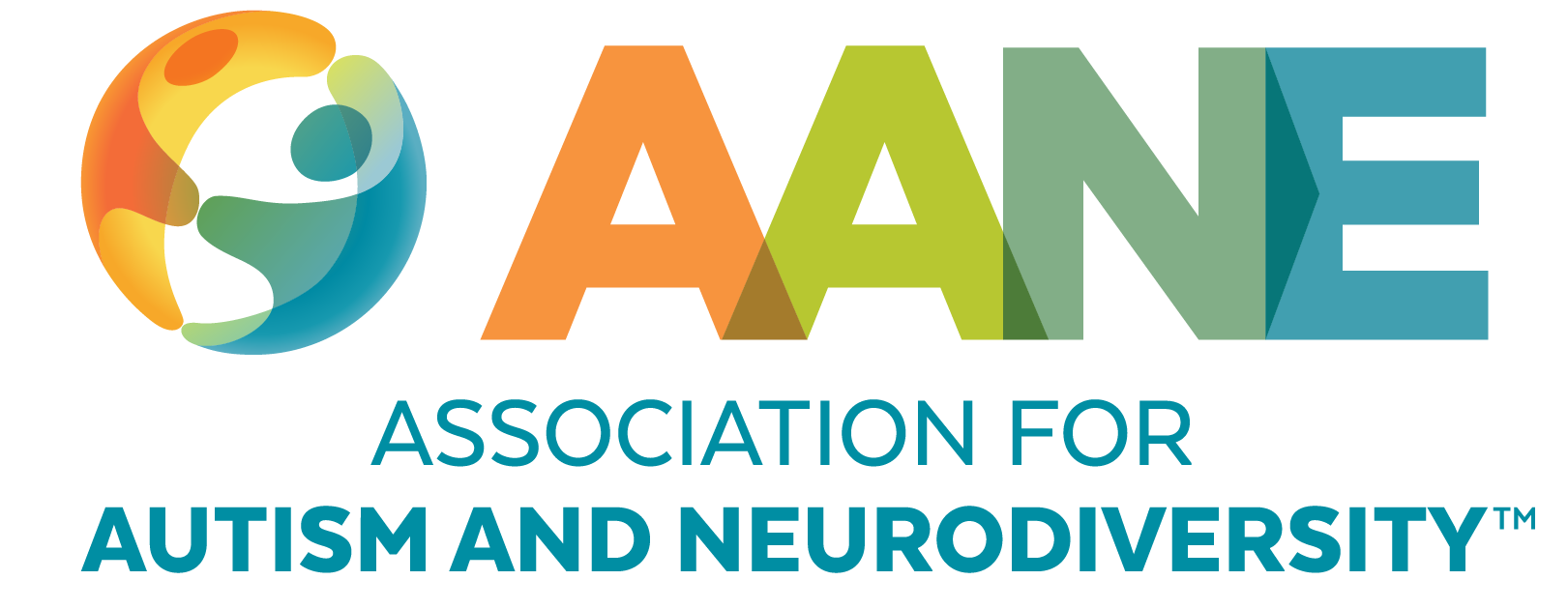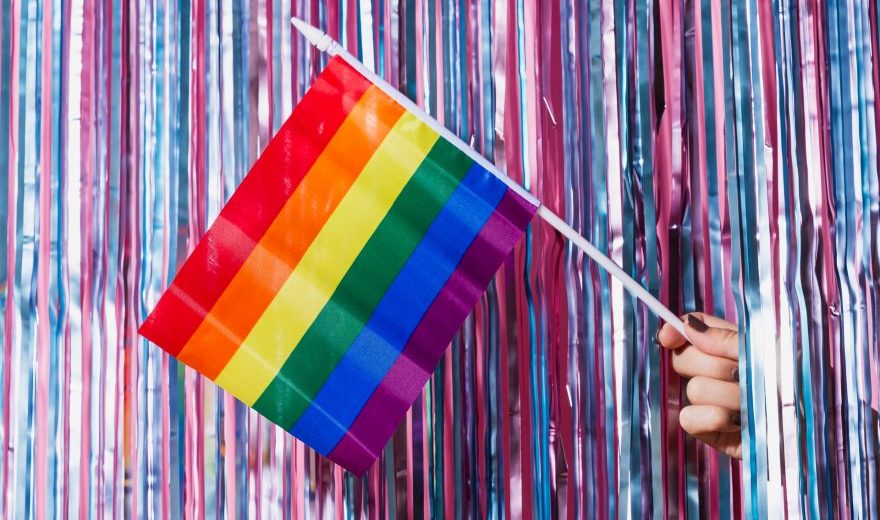About the Author
Autistic advocate and speaker, age 44
When I realized I was autistic at age 40, I experienced a range of bittersweet emotions: grief & relief, embarrassment & enlightenment, confusion & confirmation. People who are neurotypical don’t usually have this type of extreme retrospective self-realization at some point in their lives. It’s hard to convey how intense self-discovery and diagnosis is (if you can get one), especially if you have lived much of your life in ignorance of your true nature, contained behind a culturally imposed mask.
I suppose this is why I always related to queer people’s descriptions of living in the closet even though I didn’t think of myself as queer. I could sense their pain was similar to mine, but I couldn’t pinpoint the reasons why I would understand. As I processed my past through the lens of autism, I threw myself into neurodivergent education and became a conference speaker, blogger, and activist. I also formed a local support group for autistic people of feminine experience. I say “of feminine experience” because so many of the people in the group were trans or non-binary and did not identify as women or solely as women. There were so many trans members that it was impossible to ignore the connection between gender diversity and autism.
My conversations with the genderqueer members of the group led to a second shattering realization about my true nature: I was also a non-binary transmasculine person and not entirely straight either. I had already processed a good deal of my past, forgiven my persistent difficulties, and dropped what I thought was a large portion of the mask I had crafted under immense, lifelong pressure, but I discovered that the mask I was shedding had many layers and facets and it was going to be more complicated to become my real self than I had anticipated.
So much of the personality and presentation I curated for the neurotypical world was related to gender roles imposed on white middle-class girls. I liked to wear boys’ clothes until my mom started dressing me more femininely. Somehow my mom had one pair of boy’s briefs that I kept wearing and calling my “boy panties.” I remember the day she told me she threw them away. It was one of my earliest memories. That was only one sign that my internal sense of gender did not match my physicality. But by age ten, I was a prim, quiet feminine girl when I had formerly been a silly nerdy “tomboy” passionate about adventure stories and dinosaurs.
Being born in the 70s, my transness went unrealized until there was enough information available online about trans people. The language to describe myself did not exist when I needed it, but I always felt I was “in-between” genders and my mind seemed male. I didn’t know people like me existed, and I saw no examples anywhere. I muddled sexual attraction to men with wanting to be like them (although I am attracted to men.) You can see how this gets internally convoluted.
Researchers have lately been trying to figure out why so many autistic people are genderqueer or genderless. I think they are making it more complicated than it needs to be. Unlike many trans autistics, I do not feel that my personal perception of gender is caused by my autistic traits. I understand gender norms and expectations very well and tried to fit into those. I was not particularly socially rebellious or apt to challenge authority for much of my life. I feel that being genderqueer is a co-occurring neurodivergent trait like many others. I am trans because I am trans, and being trans is a neurodivergent trait that may or may not appear in conjunction with other neurodivergent traits. In other words, for me there is correlation, but not causation which means that not all autistics are trans and not all trans people are autistic, but like many neurodivergent traits, they are more likely to co-occur. In people who have many outlying traits, it’s more likely that gender and attraction will be different too.
Therefore, being trans is no more political or ideological than being autistic is and not accommodating those differences or mitigating any painful aspects of them is extremely ableist as well as transphobic. Being trans is even considered disabling within the social model of disability. Many, many autistic advocates and educators are also trans. I can’t stress enough how difficult and dangerous it can be to try to interact with the rest of humanity and feel confident when you hold both of these identities. Those issues can be compounded by holding other intersecting identities, such as being impoverished, not being a white person, or having multiple disabilities. It’s vital to truly listen to people who are dealing with exclusion to an extreme degree. Outsider perspectives can provide insight that can enrich us all.
Stay Current
Subscribe for AANE weekly emails, monthly news, updates, and more!






